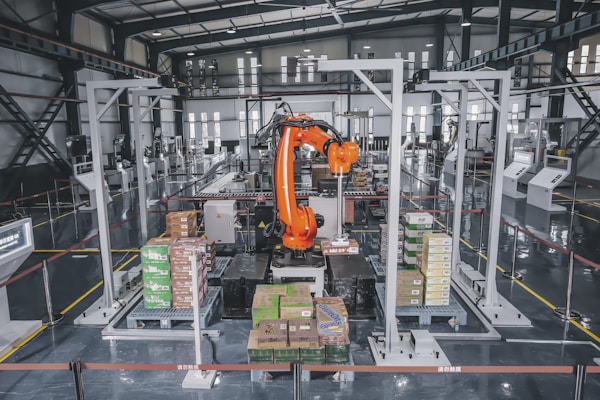In today’s business world, data is everything. The ability to make decisions based on data is critical to success. In manufacturing, data-driven decision-making is the process of using data to make decisions about the production process. Data-driven decision-making in manufacturing can help improve quality, reduce costs, and increase efficiency. It can also help you make better decisions about where to allocate resources. Keep reading to learn more about manufacturing data analytics.
How do you use data analytics in manufacturing?
Manufacturing data analytics is the process of taking manufacturing data and turning it into information that can be used to make better decisions. This can include anything from understanding how a machine performs to figuring out how to optimize production lines. The goal of manufacturing data analytics is to use data to improve operations. This can involve reducing waste, improving quality, speeding up production times, and reducing costs.
One of the biggest challenges with manufacturing data analytics is dealing with all the different types of data generated. This includes everything from sensor readings and machine performance data to inventory levels and sales figures.
However, several tools and techniques can help you make sense of all this information and figure out what it means for your business. One popular approach is known as big data analysis. This involves using powerful software tools to analyze large amounts of data quickly. Using big data analysis techniques, you can identify patterns and trends that may not be visible when looking at smaller data sets.
Once you have identified these patterns, you can start changing your operations based on the insights gleaned from the data. For instance, if you notice that machine downtime is increasing during certain days or weeks, you may want to investigate why this is happening and take steps to address the problem.
Manufacturing data analytics can be a powerful tool for improving your business operations. By understanding what the data means and using the right tools and techniques, you can make better decisions that will improve profitability and efficiency.
What tools can be used for data analytics?
There are a variety of different tools that can be used for data-driven decision-making. The most important part is to have access to accurate and timely data. Some of the most common tools include:
- Spreadsheets in Excel are the most common spreadsheet software and are often used to track data and analyze trends.
- Data visualization tools allow you to create graphs and charts to help you understand your data more clearly.
- Business intelligence (BI) tools allow you to compile data from various sources and track performance over time.
- Statistical analysis software can help you understand your data’s significance and identify trends.
Once you have access to accurate data, it’s important to use the right tools to analyze it. By using data-driven decision-making tools, you can improve your business performance and make more informed decisions.
What are the benefits of data-driven decision-making?

Data-driven decision-making is a process of making decisions by using data and analytics to understand what happened, why it happened, and what might happen in the future. The purpose of data-driven decision-making is to make better decisions faster and with less uncertainty. Data-driven decision-making can be used in any business or organizational function, but it’s particularly useful in manufacturing because it can help improve quality, throughput, and productivity.
One of the biggest benefits of data-driven decision-making is that it helps to remove bias. When we make decisions based on data, we do not rely on our personal biases or assumptions. This means that we are more likely to make fair and unbiased decisions.
Another benefit of data-driven decision-making is that it helps to improve accuracy. Using data to understand what is happening in the world, we can make better decisions based on reality rather than our assumptions. This leads to more accurate decisions and better outcomes.
Finally, data-driven decision-making also helps to improve efficiency. By taking data into account, we can make more targeted and focused decisions. This leads to more efficient decision-making and better results.
By monitoring and analyzing data, companies can make better decisions about allocating resources, improving process efficiency and quality, and meeting customer demands. Manufacturers can optimize their operations and achieve a competitive edge by taking a data-driven approach.
